2022 Census in the field
Sertão of Sergipe: Census in artisanal fishing communities of "Velho Chico"
September 12, 2022 10h00 AM | Last Updated: November 01, 2022 01h55 PM
Highlights
- One of the groups visited was the artisanal fishermen from Lagoa Primeira, in Gararu, in the state of Sergipe.
- The Fishermen's and Aquaculture Farmers' Village in the 18th area of operation brings together 1,800 people who live in Sergipe's municipalities crossed by the São Francisco River, such as Gararu, Porto da Folha and Nossa Senhora de Lourdes.
- In the Census supervision stage, some addresses are selected for confirmation of the list of residents and others for the interview to be carried out again.
- “We belong here, we were born and we are rooted here. If 100 years from now the Census comes to our community, it will find us and we will welcome it” (Gerivane Oliveira).
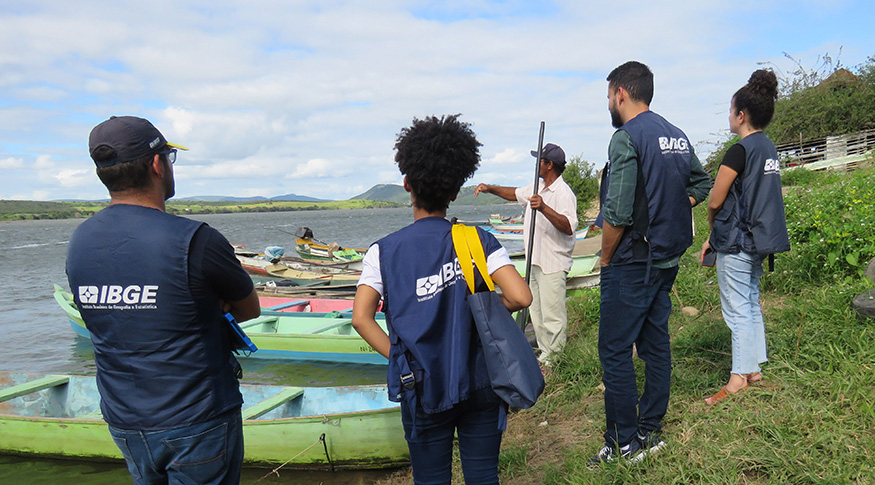
The Census team in the IBGE state branch in Sergipe visited, on August 18, the Lagoa Primeira community, in the municipality of Gararu, state of Sergipe. The purpose of the visit was to watch the supervision stage of the 2022 Census collection. The person who received the IBGE in the community was the president of the Fishermen's Village and Aquaculture Farmers in the 18th operating zone, José Guido dos Santos. The Village serves a total of 1,800 people, in Gararu and other Sergipe municipalities crossed by the São Francisco River ("Velho Chico"), such as Porto da Folha and Nossa Senhora de Lourdes.
Gararu is 155 kilometers away from the capital, Aracaju, in Sergipe's hinterland (Sertão). With an estimated population of 11,599 people, the municipality, on the banks of the São Francisco River, is made up of 42 communities, including Lagoa Primeira, where about 200 people live. The municipality is named after Indian chief cacique Gararu, who lived in the region at the mouth of the river, and its people were catechized by the Jesuits. In the Tupi-Guarani language, Gararu means “black crab”.
The Village, which is 15 years old, has helped local fishermen guarantee social rights when they retire, in addition to other improvements, such as loans and better working conditions. In Lagoa Primeira, all families make a living from fishing, as well as from work done in the municipality's headquarters.

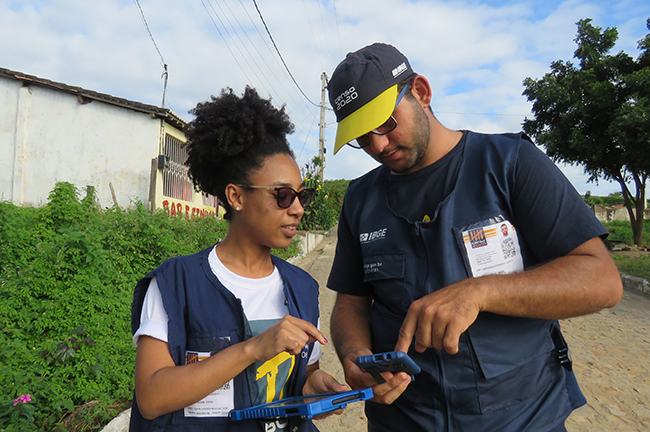
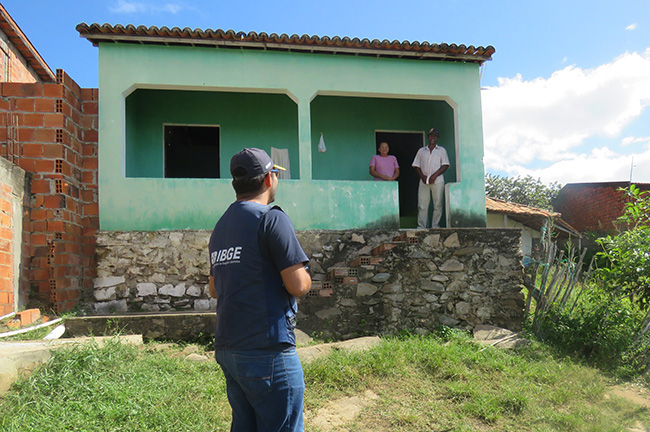
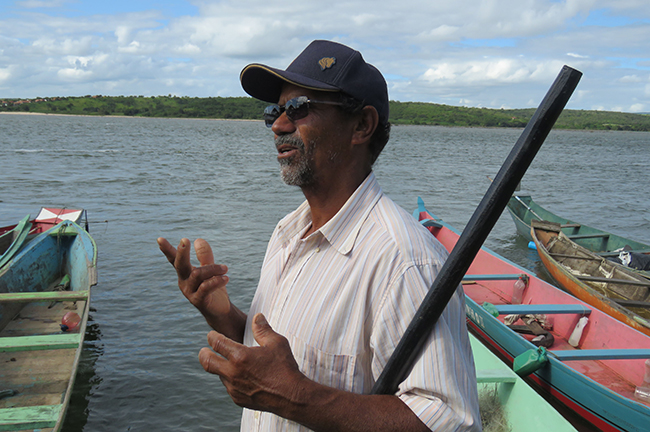

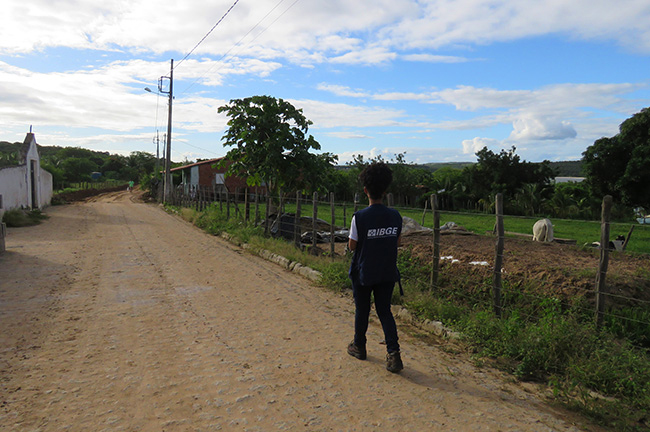

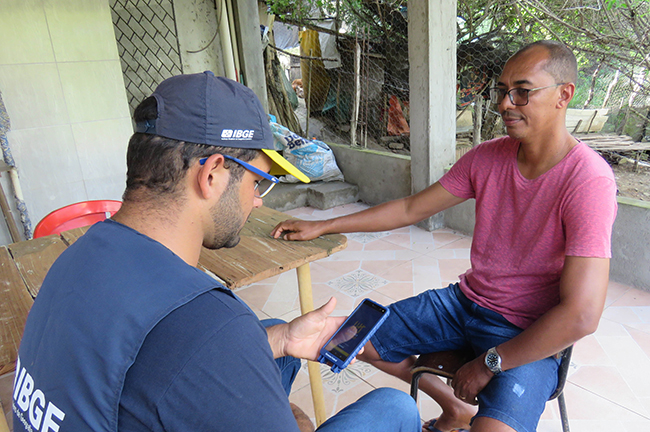
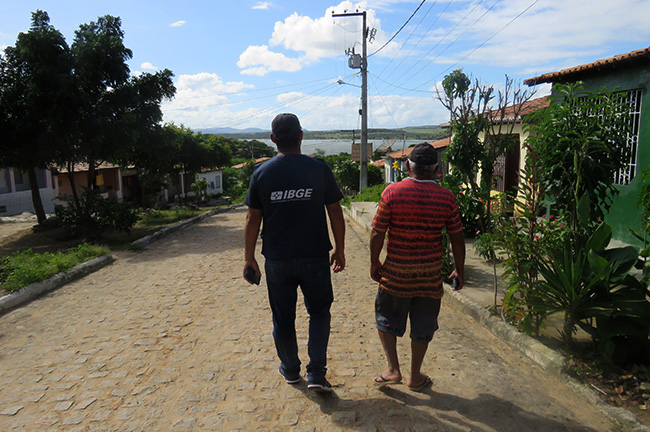
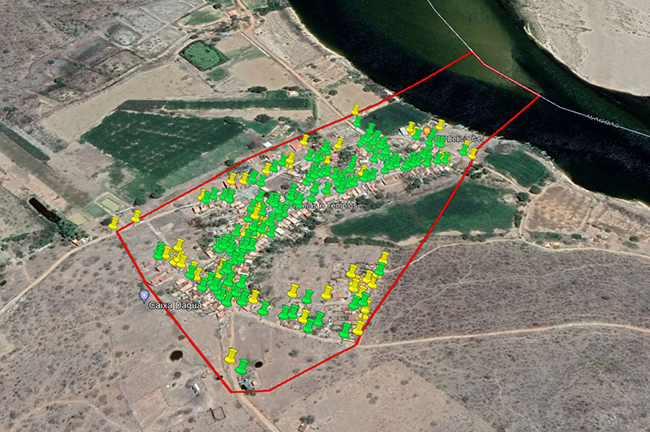 In green, the households that were already registered in the census mapping and in yellow those that were added by enumerators during the visit
In green, the households that were already registered in the census mapping and in yellow those that were added by enumerators during the visitThe Census of Traditional Peoples and Communities
Artisanal fishermen are considered Traditional Peoples and Communities (PCT), a classification which also applies to Gypsies, Quilombolas, Indigenous people, among other communities. According to Decree nº 6.040/2007, traditional peoples and communities are “culturally differentiated groups that recognize themselves as such.”
In the 2022 Census, the IBGE carries out a specific investigation just in Quilombola and Indigenous localities, but the survey allows for the recording of localities where PCTs live, which will serve to identify peoples and communities in future operations. To register these communities, the IBGE uses specific addressing procedures.
The coordinator of the Census in areas of Traditional Peoples and Communities, Marta Antunes, emphasizes the importance of mapping these locations. “The Census has the potential to collect information beyond the questionnaires that are applied and that generate statistics. For example, we advise our enumerators to indicate whenever they are in a traditional community. For them to do so, we have a traditionality field associated with locality. So, when arriving at a fishing community, enumerators can inform that. This is important because it makes it possible to take advantage of the Census workforce to gather additional information that can be used to study the territoriality of traditional peoples and communities”, explains Ms. Antunes.
“Sometimes you catch fish, sometimes you don't, then you come back empty-handed”
Born and raised in the area, Gerivane Silva Oliveira, 53, is one of the fishermen who welcomed the Population Census. During the IBGE's visit to Lagoa Primeira, Mr. Oliveira recalled that, when his mother died, he started fishing with his relatives. “I started to make a living from fishing when I was 13, but it is quite difficult. Because sometimes you manage to catch fish and sometimes you don't, then you come back empty-handed,” he points out.
Over the years, explained Mr. Oliveira, there has been a reduction in the volume of water in the river and in the diversity of fish in the area. “Before, we had a lot of fish and a diversity of species. But nowadays it is very complicated. As a result, you sell less and get less money,” he says. He has two children, who also work in the fishing industry and live in the community.
Mr. Olivieira recalls that, together with his wife, they answered the Census in 2000, 2010 and 2022. “We were waiting for the Census in 2020, but we understand that because of the pandemic it could not happen. We belong here, we were born and rooted here. If 100 years from now the Census comes to our community, it will find us and we will welcome it”.
José Ronaldo Viera Silva, 45, who was also born and raised in Lagoa Primeira, recalls that he participated in other censuses and teaches that “the questions are about the number of people in the house, income, sewage system - which is not available in our community, the material that the house is made of, issues related to disability and it is important for us to have this data in a clear way so that it can improve the lives of each one of us”.
Since August 1st, the IBGE has been conducting the census operation with the objective of visiting all Brazilian households and collecting information that contributes to portraying the country and its populations. Data collection in Lagoa Primeira was carried out by 19-year-old enumerator Kaio Cerqueira Menezes. He said that the work in the community, which lasted two weeks, brought him great pride as his grandparents were fishermen and he had relatives there.
“The experience of returning to Lagoa Primeira, the homeland of my paternal grandparents, was very fulfilling. This was important because I met relatives and was able to understand their way of living. At the moment, the Census is the main survey on various aspects of everyday life. Concerning traditional peoples and communities, it is itself an advance to portray Indigenous and Quilombola communities. It brings important visibility to these communities, just as it could bring to my community too in the near future”, he comments.
Municipal census agent (ACM) Izadora Gonzaga notes that the Census fosters recognition and raise awareness of the country's situation. “People can feel free to answer, identify themselves, understand their traditionality and participate in the survey”.
Regarding the supervision process in the community after the census, Ms. Gonzaga says that the procedure takes place at addresses selected by the collection management system, after the enumerator finished their work in the enumeration area. “Based on a number of addresses collected, the system generates a supervisory request to confirm or possibly correct the work carried out by the enumerator. Some addresses are selected for confirmation of the list of residents and others for carrying out the interview once more, with some questions from the questionnaire being asked again”.
Ms. Gonzaga adds that the supervision work carried out by the 2022 Census is important because it ensures that “the enumerators' work demonstrate a correct understanding of the methodological concepts applied in the collection, as the concept of resident and household”.
Regarding this process of collecting and supervising Census data, involving traditional peoples and communities, Adriane Almeida do Sacramento, head of the IBGE State Branch in Sergipe, emphasizes: “we have several locations in Sergipe, in addition to rural areas and those of difficult access. The previous mapping work of these areas was essential for us to be able to program, distribute and monitor the Census collection in a safe and quality way. Besides, it ensures a good reception by this population. Our team is well prepared, equipped and qualified to carry out work throughout the State and obtain important information for these communities.




















